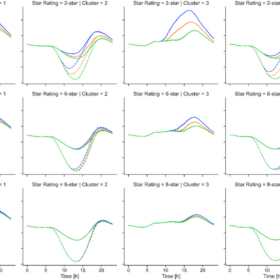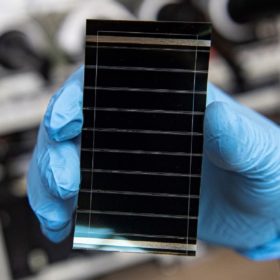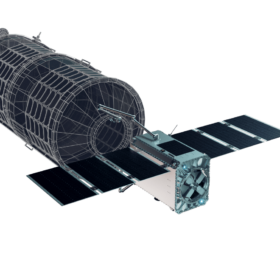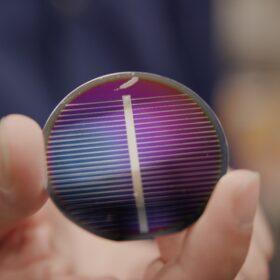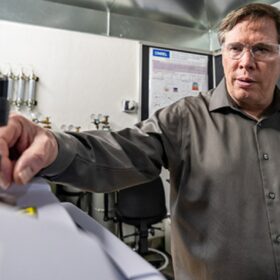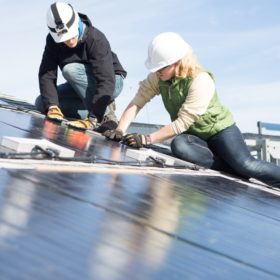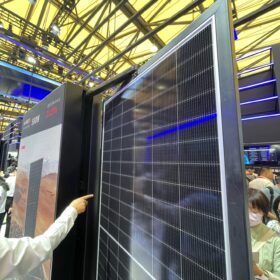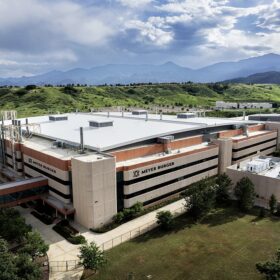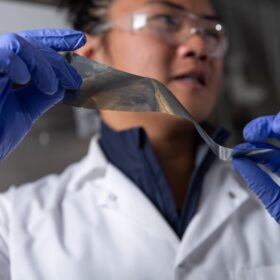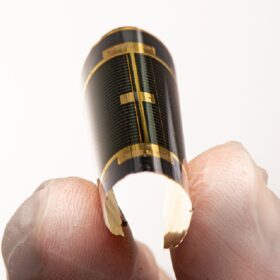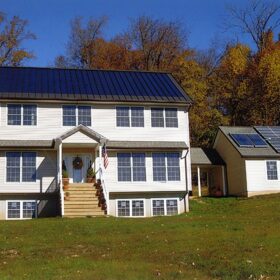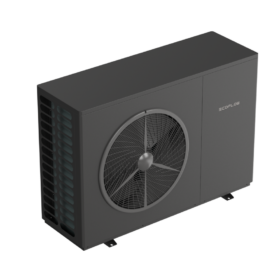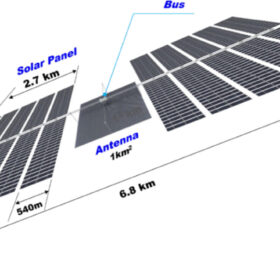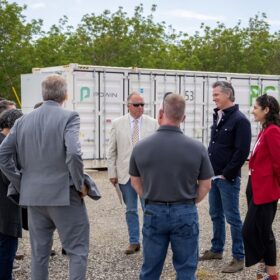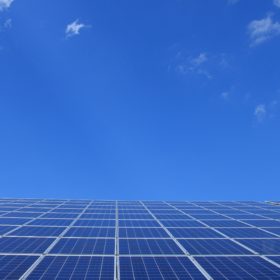Mitigating residential duck curve via solar pre-cooling
Solar pre-cooling consists of using residential PV systems to run air conditioners to pre-cool residential and commercial buildings. It offers benefits in terms of mitigating low minimum demand in electricity networks, flattening the grid’s net demand profile, and reducing electricity bills.
U.S. startup to produce perovskite glass for tandem modules
Caelux secured series A funding to deploy perovskite glass that can be integrated with existing solar manufacturing processes to boost module efficiency.
Radiation-hardened solar blankets to power orbital logistics vehicle
Solestial’s ultra-thin solar cells will power in-space delivery vehicles for Atomos Space.
Renewed efforts to build solar cells from moondust
Jeff Bezos’ Blue Origin has been awarded $35 million in funding from NASA to improve the company’s commercial solution that produces silicon from lunar regolith. The U.S. space agency’s first efforts to build solar cells based on lunar regolith date back to 2005.
One research team’s approach to scaling a domestic circular lithium-ion battery economy
National Renewable Energy Laboratory researchers continue their quest to accommodate growing electric vehicle and infrastructure demands.
DOE invests $20 million to extend solar lifecycle, cut waste
With reduced use and improved recovery of critical materials, PV system deployment will become less dependent on supply chain limitations and can sustain the expected growth in clean energy.
Top solar panel brands in performance, reliability, and quality
Solar modules are evaluated in the Renewable Energy Test Center annual PV Module Index.
Sunrise brief: Meyer Burger to bring 2 GW of solar cell manufacturing to Colorado
Also on the rise: How will the latest change to net metering impact solar adoption in California? Solar contractor tool helps quote roofing and solar in one. And more.
Solid-state lithium-ion batteries based on foil-based negative electrodes
Georgia Institute of Technology researchers used aluminum foil-based negative electrodes with engineered microstructures in an all-solid-state lithium-ion cell configuration. They have reported hundreds of stable cycles with practically relevant areal capacities at high current densities.
Sound waves could bring III-V solar cell costs down to Earth
Researchers show the potential of a new sonic liftoff technique in reducing manufacturing costs of highly efficient III-V solar cells.
